Scott #26A, a United States three-cent postage stamp, stands out as a distinctive member in the series of mid-19th-century stamps. While sharing similarities with Scott #26, Scott #26A is classified as a Type IV design, distinguished by specific characteristics not present in Scott #10 and #11 issues.
Design & Print
The defining feature of Scott #26A’s Type IV design is the presence of broken outer vertical frame lines, just above the top label and just below the lower label. This design element sets it apart from Scott #26, where the outer vertical frame lines are continuous. The stamp reflects the intricate printing techniques of the era, highlighting the attention to detail in stamp design.
Postal Usage
Scott #26A, like its counterpart Scott #26, was used primarily for the standard letter rate. It was essential for various postal needs, requiring additional stamps for heavier or longer-distance mail, such as to California or for double and triple rate letters. The stamp also supplemented higher denominations for international postage. During this time, prepayment of envelopes was optional, leading to some recipients paying for the postage upon delivery.
Identification
Identifying Scott #26A as a Type IV design requires careful examination of the outer vertical frame lines. The key is to look for breaks in these lines just above and below the labels. It’s important to note that Scott #26 stamps in top and bottom sheet positions are often mistakenly identified as Scott #26A, as their frame lines end at the page margin, giving the appearance of being broken. However, true Scott #26A stamps have intentionally broken frame lines, distinguishing them from Scott #26. Due to the higher value of Scott #26A, accurate identification is crucial to avoid misidentification.
Scott #26A holds a unique position in the realm of American philately, marked by its Type IV design and specific printing characteristics. Its role in the postal system of the time, coupled with its distinctive design features, makes it a significant stamp for collectors and historians. Understanding the nuances of Scott #26A’s design, postal usage, and identification offers a deeper appreciation of its place in the history of United States postage.



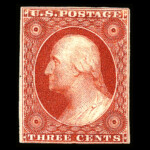
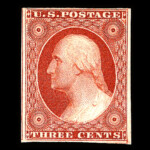
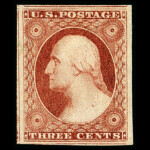
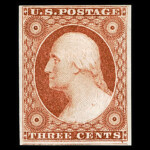
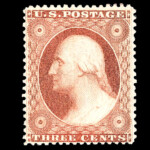
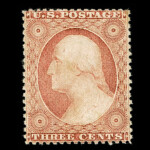
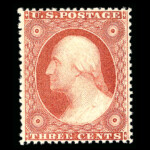
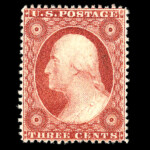
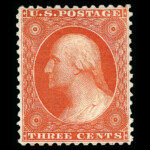
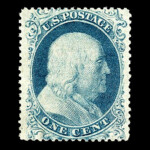
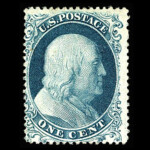
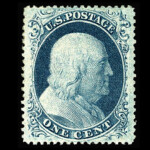
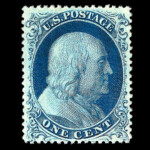
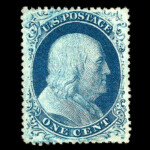
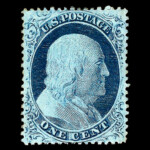
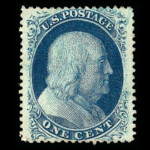
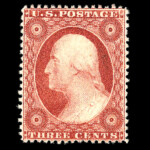
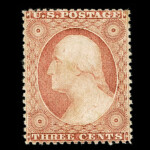
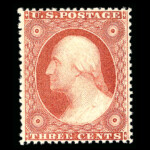
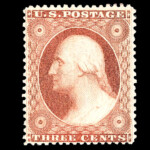
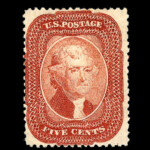
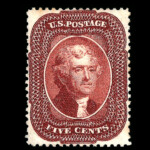
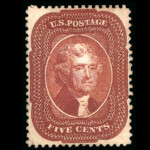
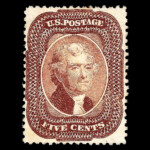
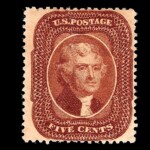
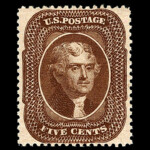
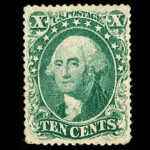
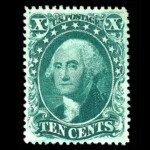
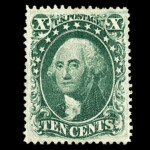
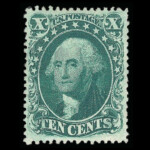
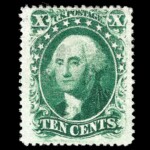
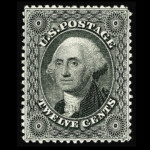
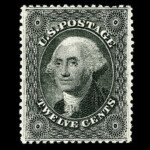

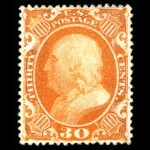
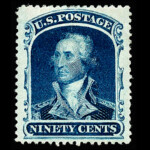









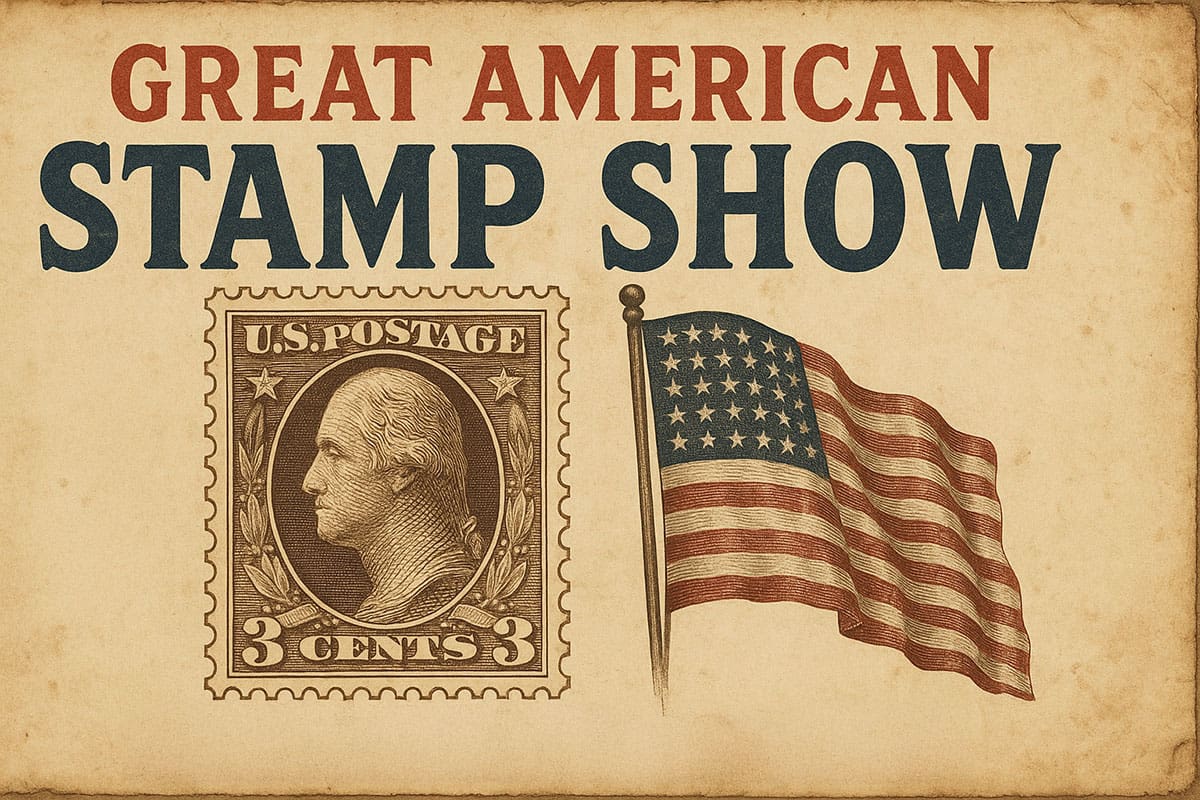


Ask A Question Or Leave A Comment